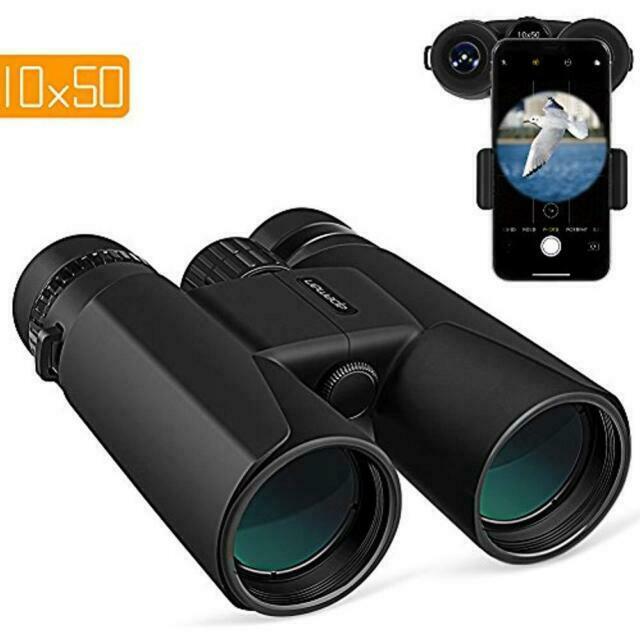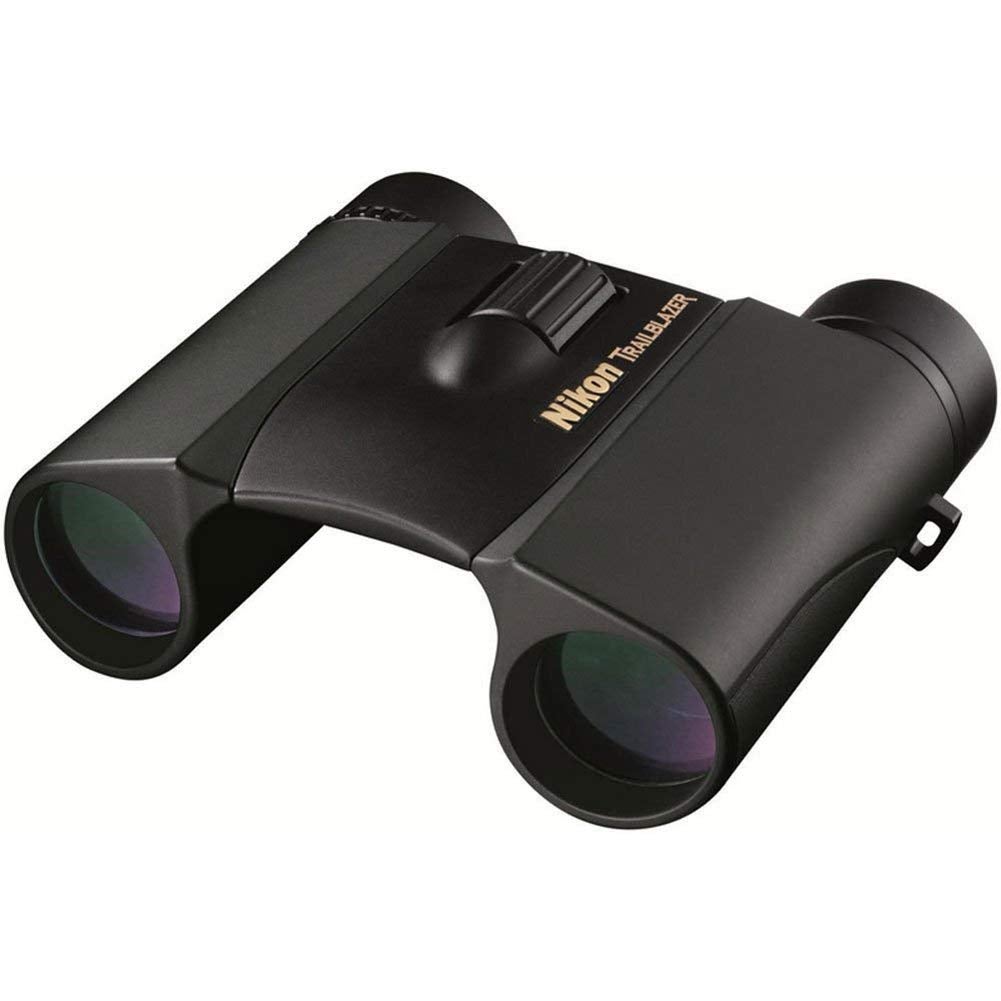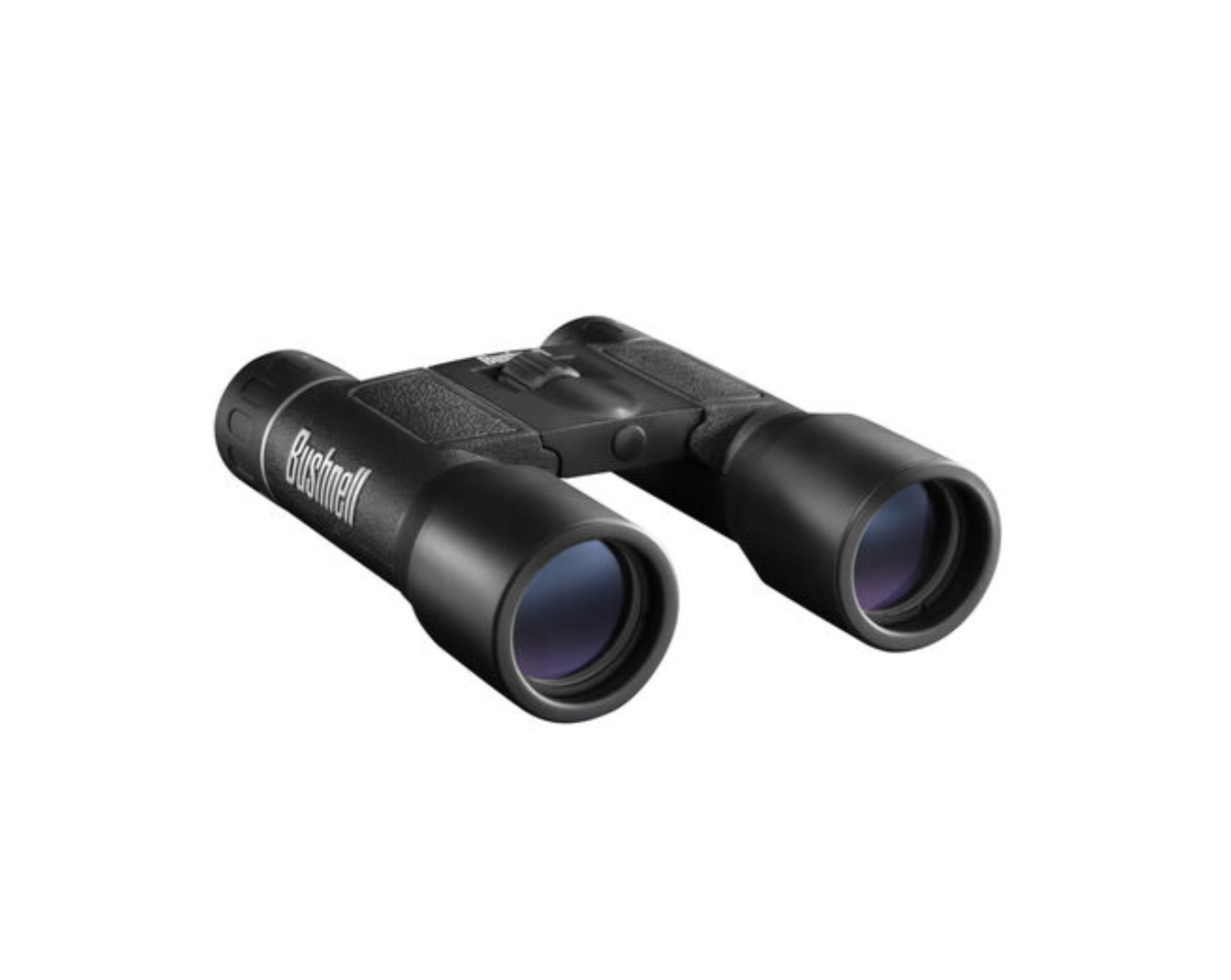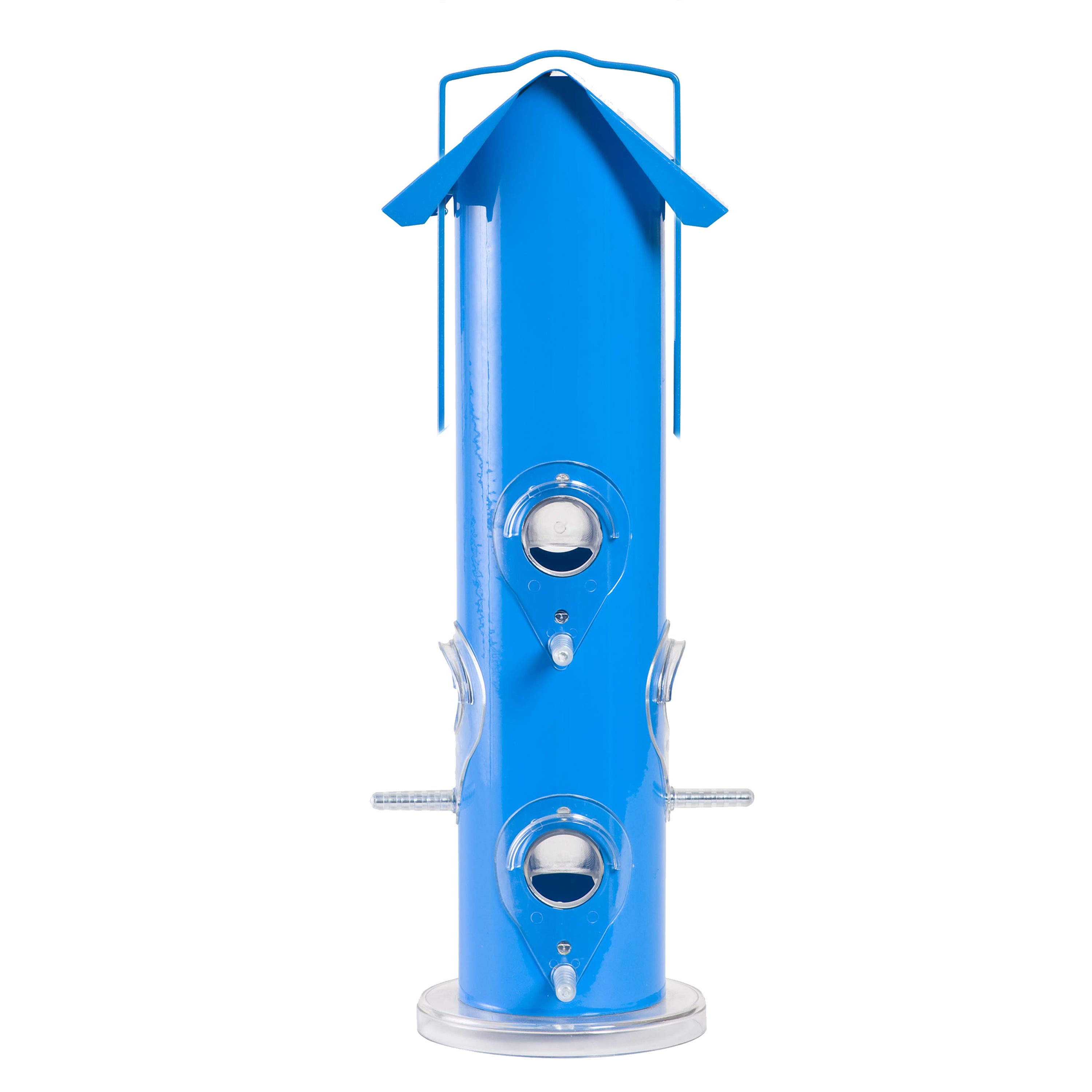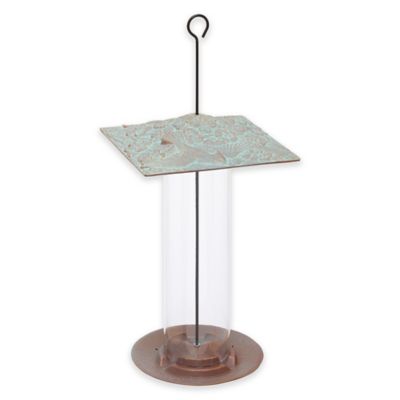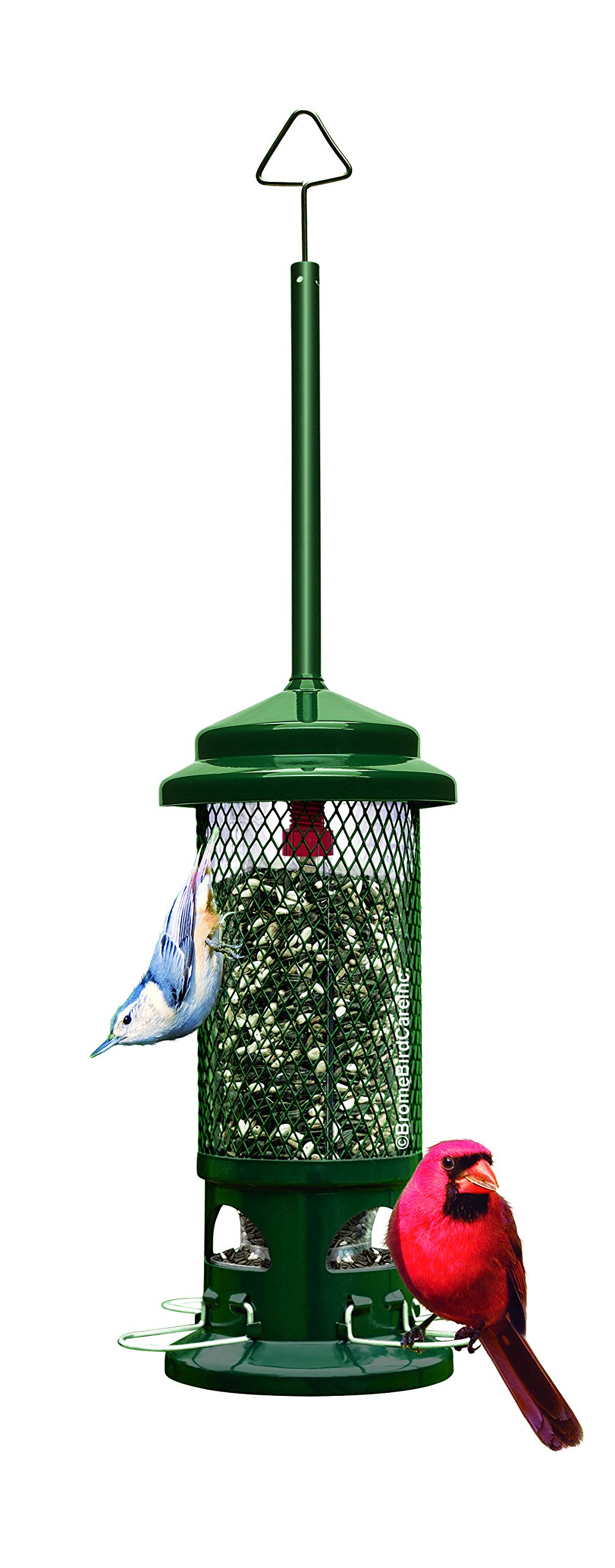If you're looking for a silver lining after spending the majority of 2020 thus far at home, we've got one for ya: Lockdown may have upended any and all sense of routine, but it also presented a unique opportunity to get intimately acquainted with our immediate surroundings. We're seeing our tiny corners of the world through a more appreciative lens — and something we've become particularly grateful for is the glorious outdoors and its bounty of fair feathered friends.
Having a yard or living close to a public park means enjoying a free show of local wildlife, especially on the very rare heels of a months-long quarantine. As humans stepped back from the hustle and bustle of daily life, these often-overlooked environments had more room to thrive right before our eyes (as so accurately demonstrated in the nature is healing memes). The birds' songs are louder than ever before, and while the squawking sometimes leads to shutting a window at the crack of dawn, it's also a siren call to be observed and admired. But before you put on your explorer's cap and venture out with all the determination of a seasoned (and socially distanced) birder, there's a lot to learn and understand about the birding community you seek to join.
Having a yard or living close to a public park means enjoying a free show of local wildlife, especially on the very rare heels of a months-long quarantine. As humans stepped back from the hustle and bustle of daily life, these often-overlooked environments had more room to thrive right before our eyes (as so accurately demonstrated in the nature is healing memes). The birds' songs are louder than ever before, and while the squawking sometimes leads to shutting a window at the crack of dawn, it's also a siren call to be observed and admired. But before you put on your explorer's cap and venture out with all the determination of a seasoned (and socially distanced) birder, there's a lot to learn and understand about the birding community you seek to join.
AdvertisementADVERTISEMENT
"The community is really what pushes the act of bird-watching forward," says Sheridan Alford, also known as Beanie Jean from her namesake YouTube channel. Alford is an Atlanta-based ornithophile who has been birding for about a year and a half. "We all have the fascination to see birds, but sharing our finds and being able to connect over our favorites makes the activity fun and competitive even."
While a major draw of birding is that it can happen in some of nature's most peaceful pockets, the experience of fostering an outdoor hobby is not the same for everyone. Just a few weeks ago, when Amy Cooper made a now infamous call to the police in which she falsely claimed that a Black man, Chris Cooper, was threatening her in a wooded area of Central Park, it became clear that racism is everywhere, rearing its ugly head in all sorts of beautiful places. This means that the most essential thing any newcomer must carry with them into the world of birding is an awareness that joining this community comes with the responsibility of making it a safe space for all participants, especially Black birdwatchers.
While a major draw of birding is that it can happen in some of nature's most peaceful pockets, the experience of fostering an outdoor hobby is not the same for everyone. Just a few weeks ago, when Amy Cooper made a now infamous call to the police in which she falsely claimed that a Black man, Chris Cooper, was threatening her in a wooded area of Central Park, it became clear that racism is everywhere, rearing its ugly head in all sorts of beautiful places. This means that the most essential thing any newcomer must carry with them into the world of birding is an awareness that joining this community comes with the responsibility of making it a safe space for all participants, especially Black birdwatchers.
In response to the mistreatment Chris Cooper experienced while birding, Alford helped organize #BlackBirdersWeek, a social initiative that took place last week to bring greater visibility, awareness, and acceptance to Black people in nature. It involved a series of virtual events exposing viewers not only to the talent within this community, but to the immediate need for more diversity and inclusion. During one of the cyber panels, Cooper himself spoke to the necessity of addressing these issues in birding after his recent racially charged encounter went viral: "There are so many places where I think [Black birders] are vulnerable and perhaps feel unwelcome. I know there are whole swathes of the country where I am hesitant to go birding, where I won't go birding," he said.
AdvertisementADVERTISEMENT
So how can a rising bevy of beginners work towards affecting positive change to prevent another Central Park calamity?
"My big piece of advice is to be inviting to other new birders when they join your group," Alford advises. "One thing that needs to be understood about representation is that Black birders are just like any other birder, so don't be afraid to have a normal conversation. I think people are often intimidated by differences in skin tone, but at the core, all birders share common loves." It's this mutual adoration for well-plumed creatures that can unite participants around the joys of their shared interests while encouraging them to show up as nothing other than themselves. Taking that extra step to engage with your peers lets them know that you see them, and that you're listening. "Instead of asking 'How did you get here?' which can be off-putting, ask 'What's your favorite bird?' or 'Do you have another favorite birding spot in the area?' Questions that you might ask a friend," Alford says.
Once you have a grasp on your role within this community, you're ready to get started with the activity itself. Ahead, we've rounded up some beginners' tips and shoppable products based on Alford’s recommendations so you're well-equipped to hop on in and spread your wings.
"My big piece of advice is to be inviting to other new birders when they join your group," Alford advises. "One thing that needs to be understood about representation is that Black birders are just like any other birder, so don't be afraid to have a normal conversation. I think people are often intimidated by differences in skin tone, but at the core, all birders share common loves." It's this mutual adoration for well-plumed creatures that can unite participants around the joys of their shared interests while encouraging them to show up as nothing other than themselves. Taking that extra step to engage with your peers lets them know that you see them, and that you're listening. "Instead of asking 'How did you get here?' which can be off-putting, ask 'What's your favorite bird?' or 'Do you have another favorite birding spot in the area?' Questions that you might ask a friend," Alford says.
Once you have a grasp on your role within this community, you're ready to get started with the activity itself. Ahead, we've rounded up some beginners' tips and shoppable products based on Alford’s recommendations so you're well-equipped to hop on in and spread your wings.
Tip #1: Start in your very own backyard
According to Alford, there could be anywhere from five to 10 different species of birds flying around your neighborhood daily. Research birds commonly seen in your area, familiarize yourself with what they look and sound like, and then head outside when you recognize their calls. "I started by looking up three birds before I went out, then once I got those three, I moved on to a new set," she says.
AdvertisementADVERTISEMENT
Tip #2: Find and follow other birders
Bring your birding to the next level by connecting with local groups via park websites or Facebook groups that organize bird-watching experiences. Bird walks, for example, are a fun and easy way to get exposure to well-informed enthusiasts. Alford says it wasn't until she was invited on a bird walk by a colleague that her fascination manifested into action. "[This colleague] was a big supporter of connecting Black naturalists and told me that the walk would be led by brothers Jeffrey and Jason Ward, who I had to Google at the time," she says. "I was so glad that I did, and I was almost starstruck when meeting them and realizing that these are two Black men that bird and are THRIVING. Seeing someone I could identify with birding is what really propelled my confidence that THIS is what I wanted to do."
Tip #3: Download these helpful apps
"You'll need at least one identification app downloaded, like The Cornell Lab's Merlin Bird ID app or the Audubon's Bird Guide app, and one checklist recorder such as eBird or Notes," Alford suggests. "When you're starting out, sometimes you'll need to quickly look up a bird by color or size, and that's where the apps come in handy. And you always want to try and record the birds you see, whether it's two or 65, because it's always cool to see how far you've come [over the years]!"
AdvertisementADVERTISEMENT
Tip #4: Get a pair of binoculars
"I have the Apeman BC100 10x50 bins, which run around $50. It's a good starter pair and comes with a phone mount so you can get some great photos! I've also used a pair of Swarovski binoculars before and those are WELL worth the money but definitely something to work towards (like I am!) when starting out," Alford says. So if you're totally new to the game, she suggests going with a $50-$100 pair from a brand like Nikon or Bushnell. "That will hold you over until you start getting your hardcore badges in birding."
Tip #5: Pack your bag with the essentials
So what are Alford's personal must-haves when setting out on a birding excursion? "Bug spray, a rain jacket depending on the weather, and a sketchbook," she says. Her aptly named pup, Zazu, is also a welcome companion depending on the occasion. "[My dog] is a pretty quiet fellow and loves the outdoors so, if allowable, I'll bring him along when going birding by myself! Might not recommend it if you're in big groups..."
Tip #6: Buy a bird feeder
On Alford's Beanie Jean Youtube channel, she includes an extra tip for how to get into birding for those that are hesitant to leave their house during the pandemic: "Get a bird feeder! Bird feeders are great ways to engage children and even the elderly who may not be able to leave their house."
AdvertisementADVERTISEMENT
For more tips from Alford, check out her Youtube video below, subscribe to her channel, and follow her on Twitter.
At Refinery29, we’re here to help you navigate this overwhelming world of stuff. All of our market picks are independently selected and curated by the editorial team. If you buy something we link to on our site, Refinery29 may earn commission.
AdvertisementADVERTISEMENT







